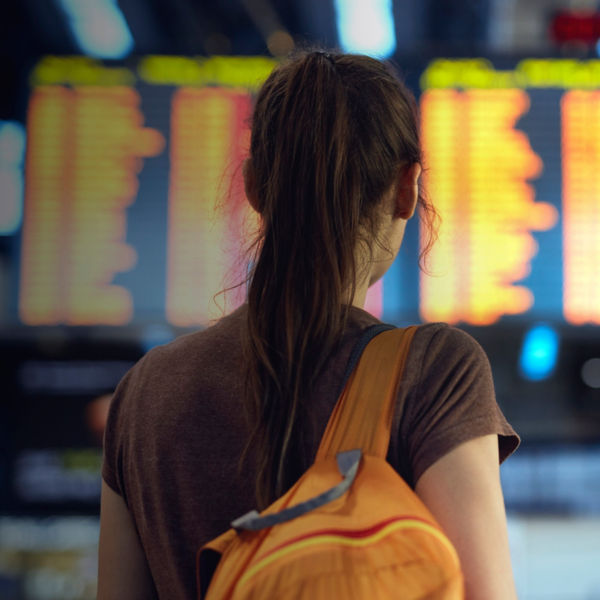
With a flight booked, you can begin planning and preparation to increase your odds of a more seamless, enjoyable experience. Packing for outdoor adventures ahead takes extra thought, though, when factoring the flight. For one, you’ll need to know TSA, airline regulations, as well as any destination-specific requirements. Those guidelines, plus the size and number of bags allotted, will help dictate your gear list. Run through the added considerations below, and when you arrive at your destination organized, ready, and rested, you'll be glad you planned ahead.
In this air travel guide, you'll learn:
- Air Travel Planning Tips
- Gear and Baggage Considerations
- What To Carry on the Plane
- Gear That Needs to Be Checked
- Air Travel Tips
Air Travel Planning Tips
A few factors can help air travel go more smoothly.
- Sign up for TSA Precheck to save time and hassle at the airport.
- Prepare for jet lag with a gradual adjustment to your weekly sleep schedule—an app like Time Shifter helps.
- Check the U.S. State Department travel advisories for your destination.
- Get vaccinated for COVID-19 and check with the CDC for other recommended vaccines for your destination.
- Set travel alerts with your bank and credit card company.
- Leave your itinerary with someone at home.
- Make extra copies of travel documents like your passport or identification, plus flight and hotel confirmations.
- Arrange for airport arrival pick up before you go, or know the public transportation options.
- Don't book tours immediately after you land. Instead, give yourself a rest or flex day when you arrive to allow for recovery from travel, but also in case there are any luggage or flight delays.
- Leave behind any valuables (or items with high sentimental value) that are unnecessary for the trip.
- If you plan to sleep on the flight, book the window seat. If you like to get up often and stretch your legs, the aisle is more ideal.
Gear and Baggage Considerations
If you are flying to your travel destination, consider how to pack your bags.
Weight Limits
Check weight limits before you go and limit your luggage, or prepare to pay extra.
Gear Packing
Pack your gear thoughtfully to stay in place, to avoid jostling and unwanted damage. Secure the hip belt, straps, and other loose items on backpacks.
Luggage Protection
Protect your backpack and gear by wrapping it in plastic wrap, or pack it within a larger duffel bag for air transportation.
Tour Providers
Confirm the gear that tour operators or guides will provide.
Carrying On
If you don't plan to check luggage, consider renting or buying gear at the destination that is not allowed on the plane. Items like fuel, repellant, and trekking poles can be easily rented or purchased at most destinations. Also, make sure your carry-on bag is within overhead storage size limits.























